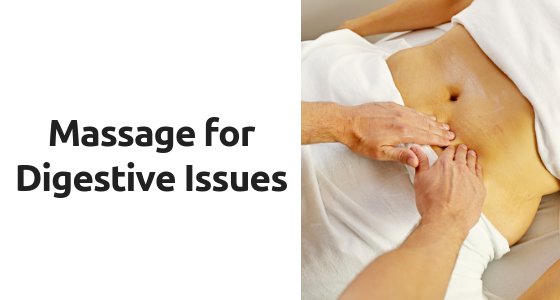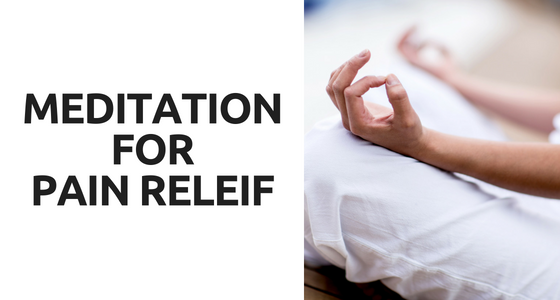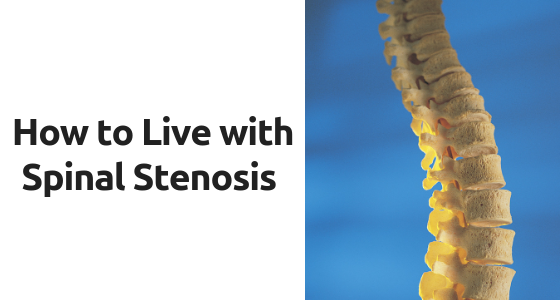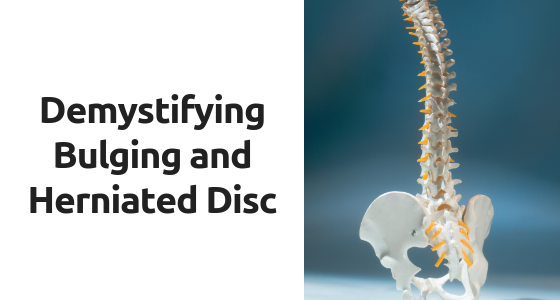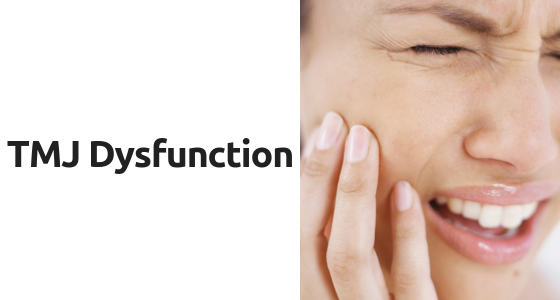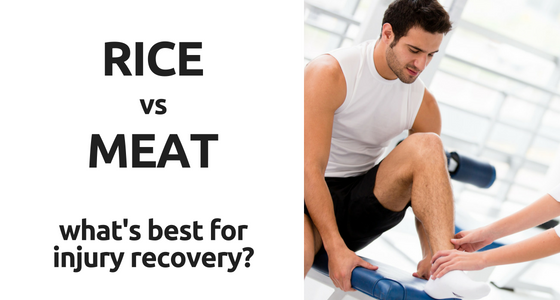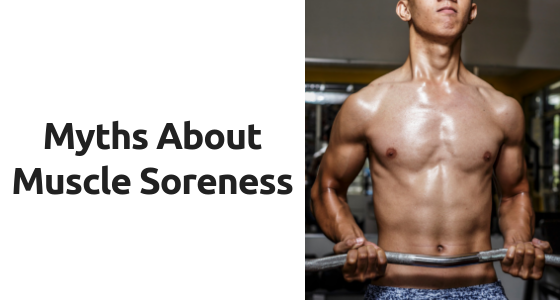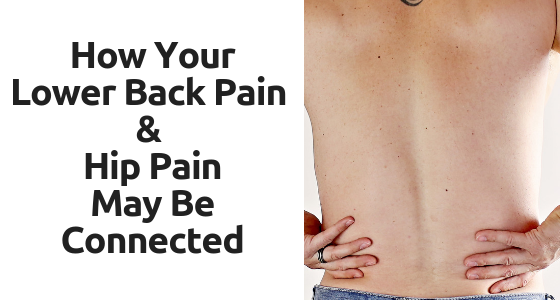Massage for Digestive Issues
Digestive problems can be tough to deal with. Not only does it feel uncomfortable, but depending on the symptoms, may be embarrassing. Add that to the frustration of finding a remedy, and no one is very happy when fighting this particular battle. You may have tried over-the-counter or even prescription medications, but there is an alternative that many people don’t consider; massage. Massage of the abdominal area has been shown to improve digestive function.
Massage for PMS
Let’s face it, some of the most dreaded letters for women might just be PMS. It’s uncomfortable, painful, and brings on a rollercoaster of emotions. For some women, PMS symptoms are far worse than for others. One thing I think we can all agree on is if we could take a magic pill to make it all go away, we would in a heartbeat. While there may not be a
Meditation for Pain Relief
While massage can do wonders for many types of pain, self-care is just as important, and meditation has been proven time and again to be one of the most effective forms of self-care to treat pain. In fact, just like massage therapy, studies have shown meditation to work better than pain killers specifically for low back pain.
How to Live with Spinal Stenosis
Spinal stenosis is a narrowing of the spinal canal, the space that contains the spinal cord. This is most often caused by degenerative changes; some sort of normal shift or loss that occurs over time, such as with herniated discs,…
Demystifying Bulging and Herniated Disc
Within the spine you have numerous structures, but the two we’re focusing on here are your vertebrae (the individual bones of the spine), and the discs (the cartilage ‘cushion’ in between each of those vertebrae). These discs act as shock absorbers that allow your spine to move in different directions and deal with regular impact without damaging the other spinal structures.
TMJ Dysfunction
Have you ever had pain, stiffness, grinding, clicking, or locking of your jaw? These are most often clear signs of TMJ (temporomandibular joint) Dysfunction. This is a common condition, affecting over 10 million people! The severity of the condition varies greatly, with some people experiencing only mild symptoms on occasion, while others suffer a great deal daily. And if you notice your symptoms getting worse, now’s the time to start taking care of it. That grinding, clicking, pain, and locking are all signs that the joint isn’t moving and functioning properly, meaning damage is being done, and without intervention that damage may very well be irreparable.
RICE vs MEAT
There’s a hot debate going on when it comes to injury recovery concerning the well-known method of RICE and the newer, lesser known method of MEAT. So let’s quickly go over what these are and then we can look at which is best and when.
Myths about muscle soreness
If you’ve ever done any activity out of the ordinary, you know what it’s like to be sore after. If you’ve done squats, you know walking up and down steps is like torture the day after. Or have your arms shaking after an intense workout. Whether you’re still working toward that New Year’s resolution of getting into shape, or just pushing yourself a bit past your normal, it’s important to be aware that there are many misconceptions about muscle soreness.
Sciatica: Is it Piriformis Syndrome or Your Lower Back?
When seeking answers for low back, hip, and leg pain, you may have heard the term Sciatica. This condition occurs when the sciatic nerve (the largest nerve in the body) is irritated or inflamed, causing pain, tingling, and/or numbness felt along part or all of the nerve path; most often starting in the low back or the buttock and traveling down the outer leg, even all the way down to the foot in some cases.
How Your Lower Back Pain & Hip Pain May be Connected
The body is intricately designed with nerve endings and connective tissues that intertwine to form a beautiful structure capable of everything from minute movements, to birthing a child, to surviving in some of the harshest conditions on earth. But with these capabilities comes vulnerability, so it’s no surprise that we experience pain from time to time at the very least. What you may not realize is that sometimes the pain you feel isn’t necessarily caused by something in the area you feel it. For example, when you have an injury to your hips or pelvis, it can often cause back pain. Due to the proximity of the complex joints of the pelvis to your spine, your body can also interpret your hip/pelvis problem as back pain and your back problem as hip/pelvic pain.

